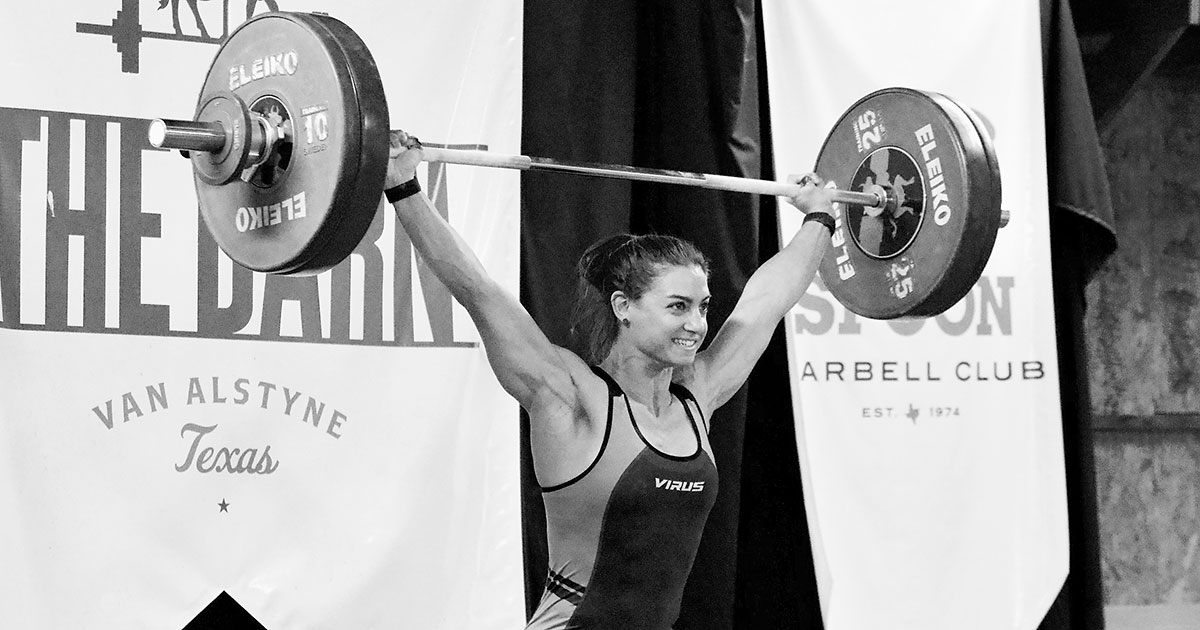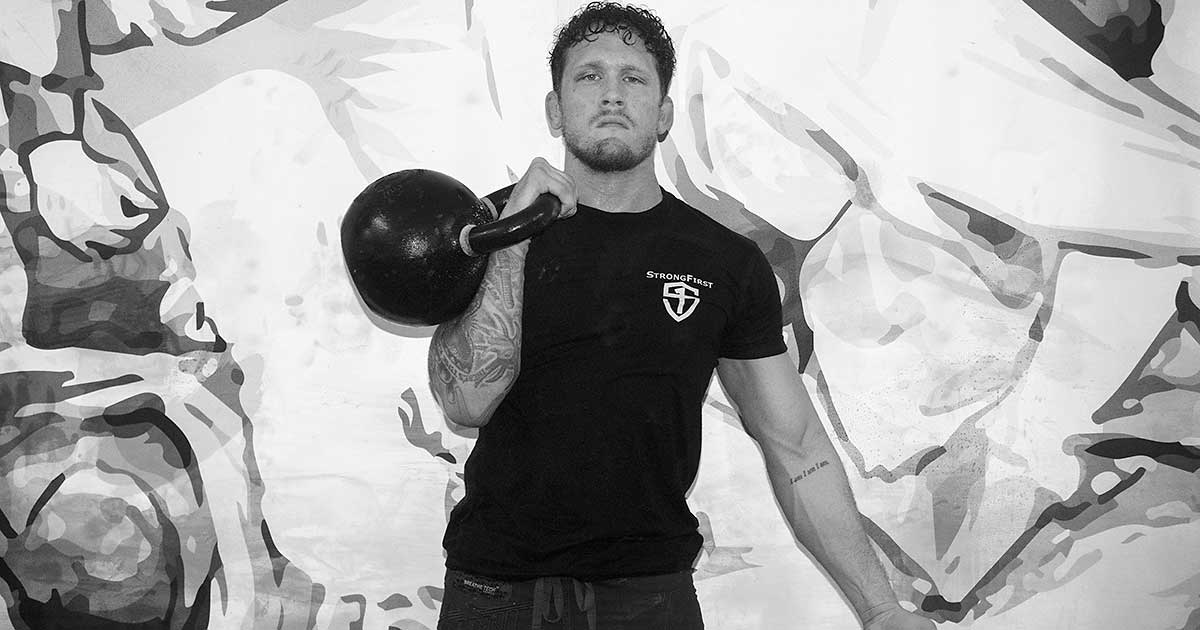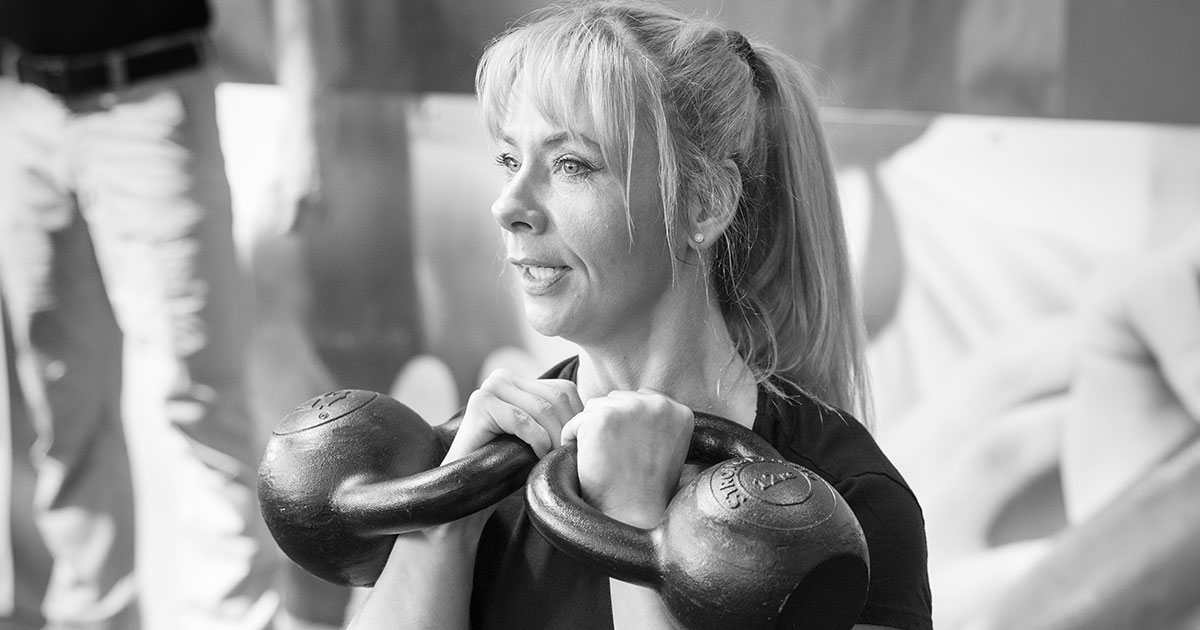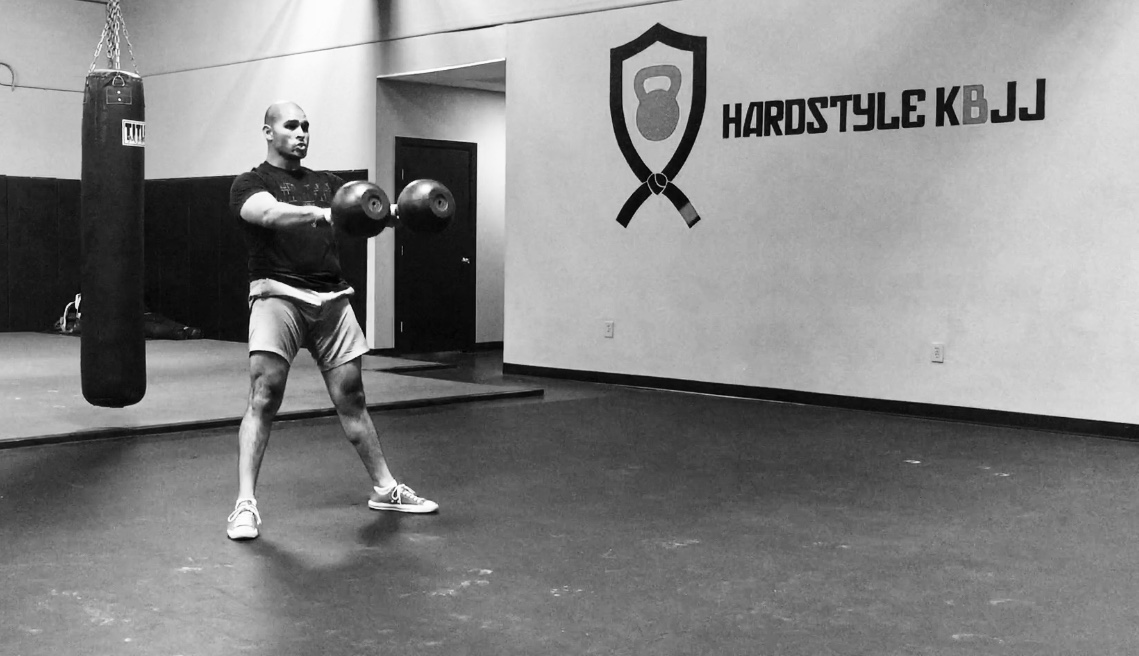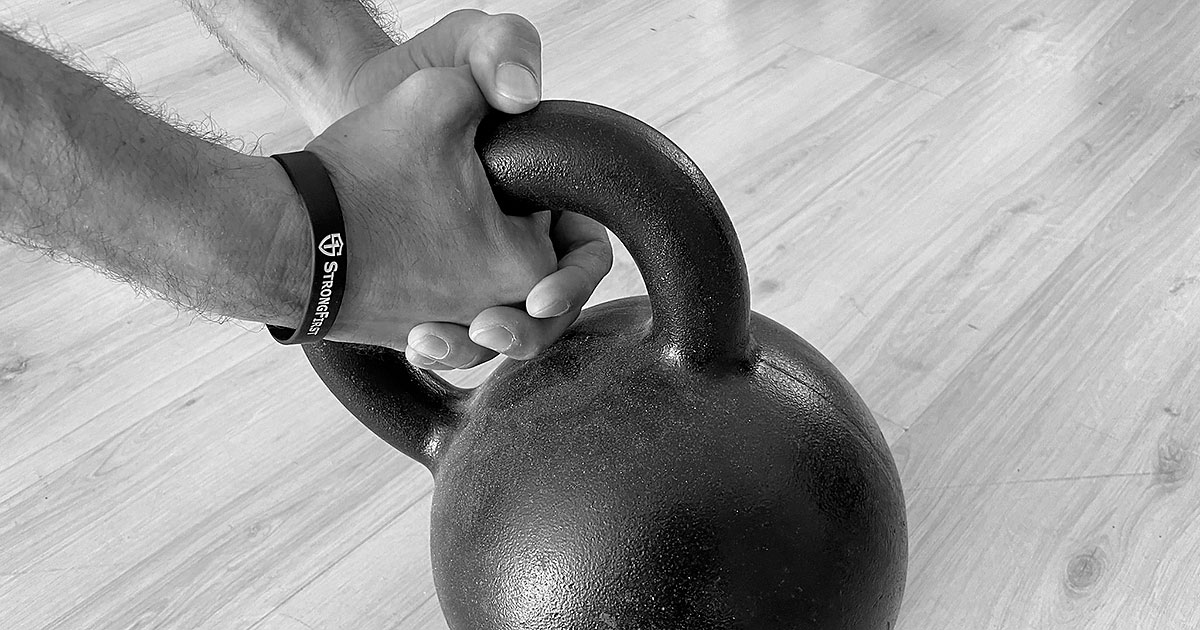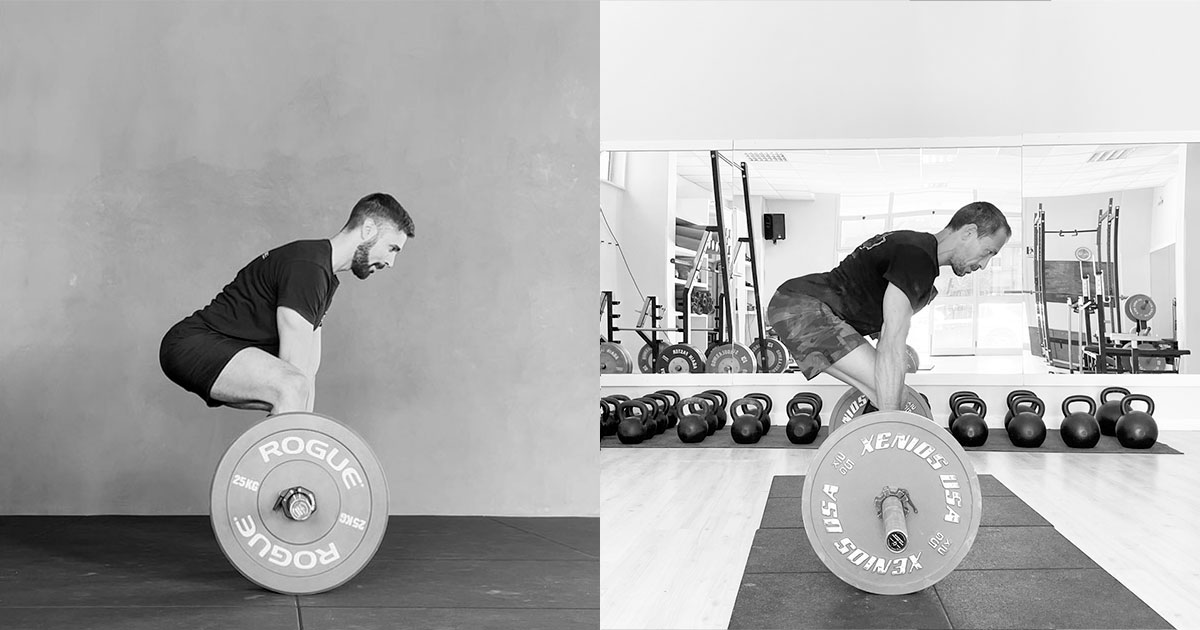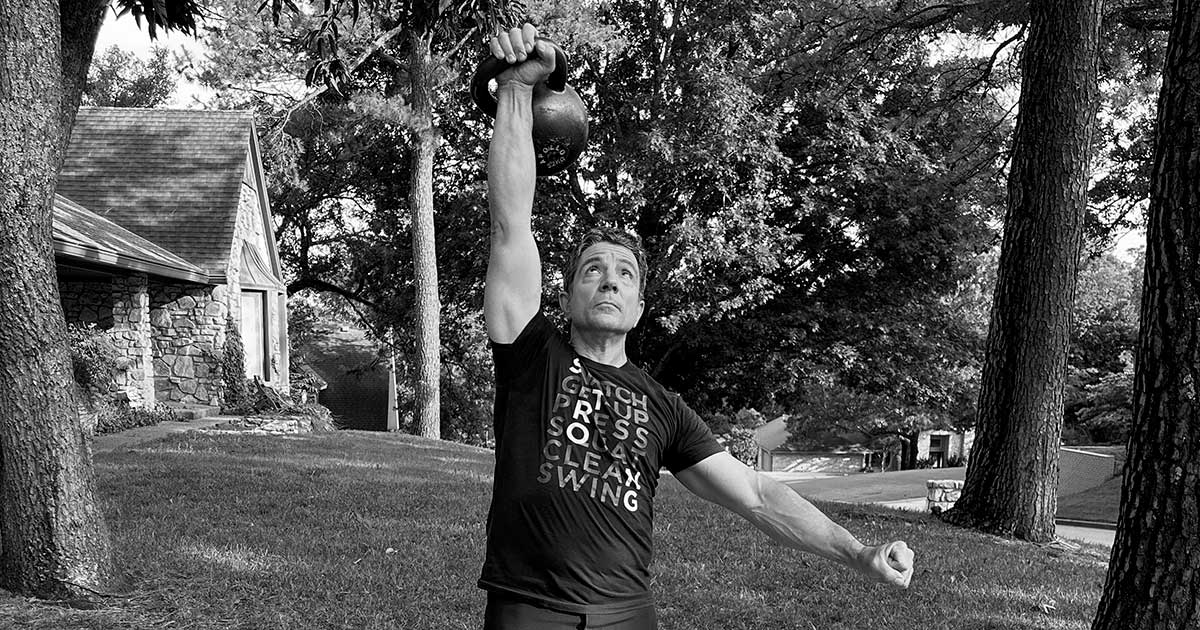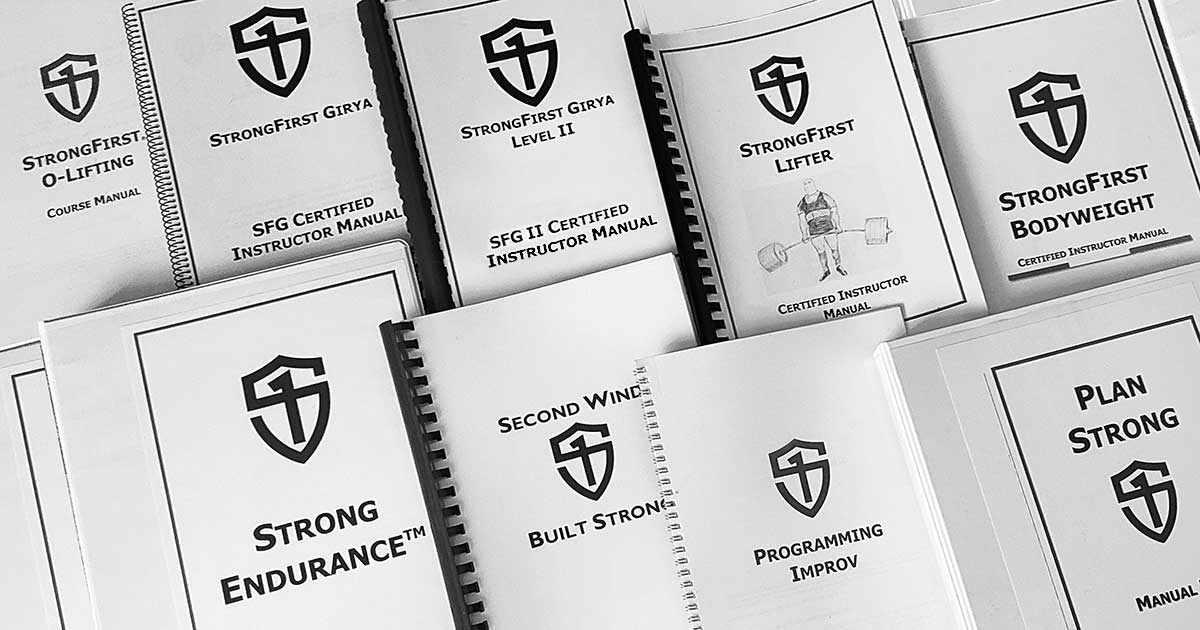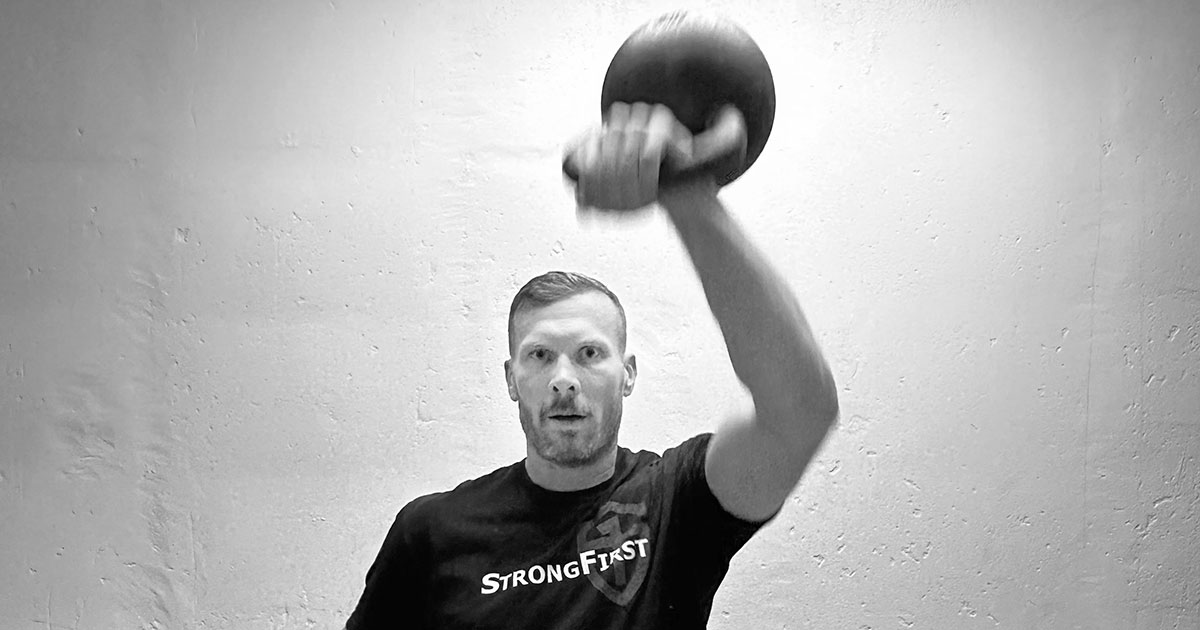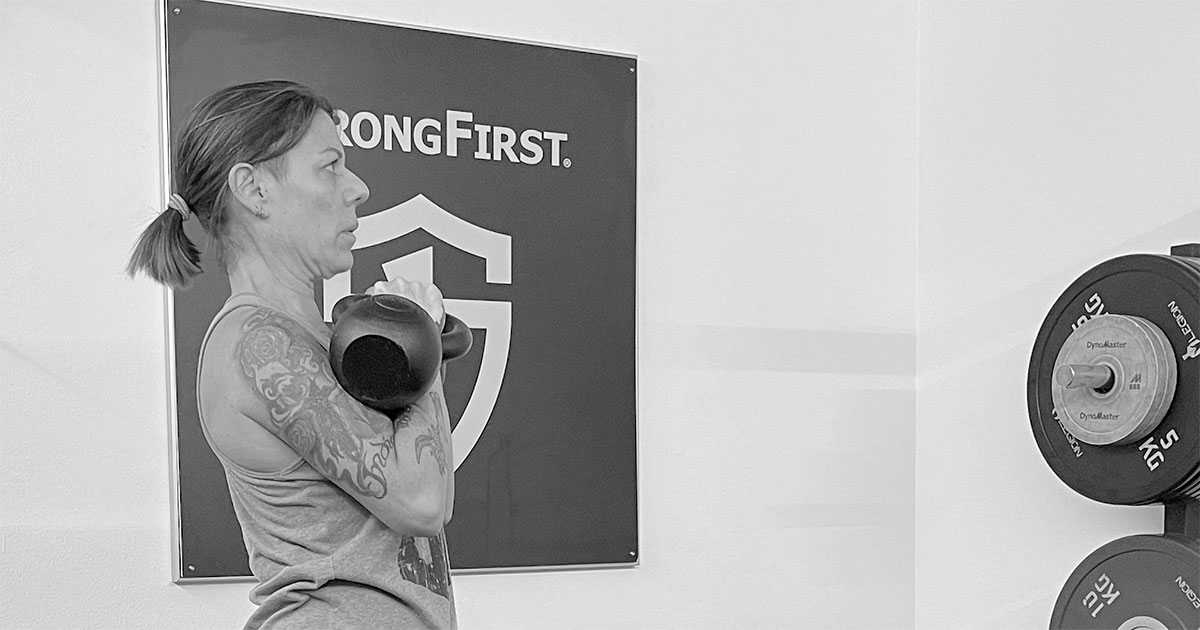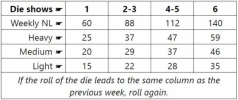StrongFirst
___________
Two new articles.
First, a deep dive into the getup that will be especially interesting for those of you who are doing them with heavy weights (or who aspire to do so):
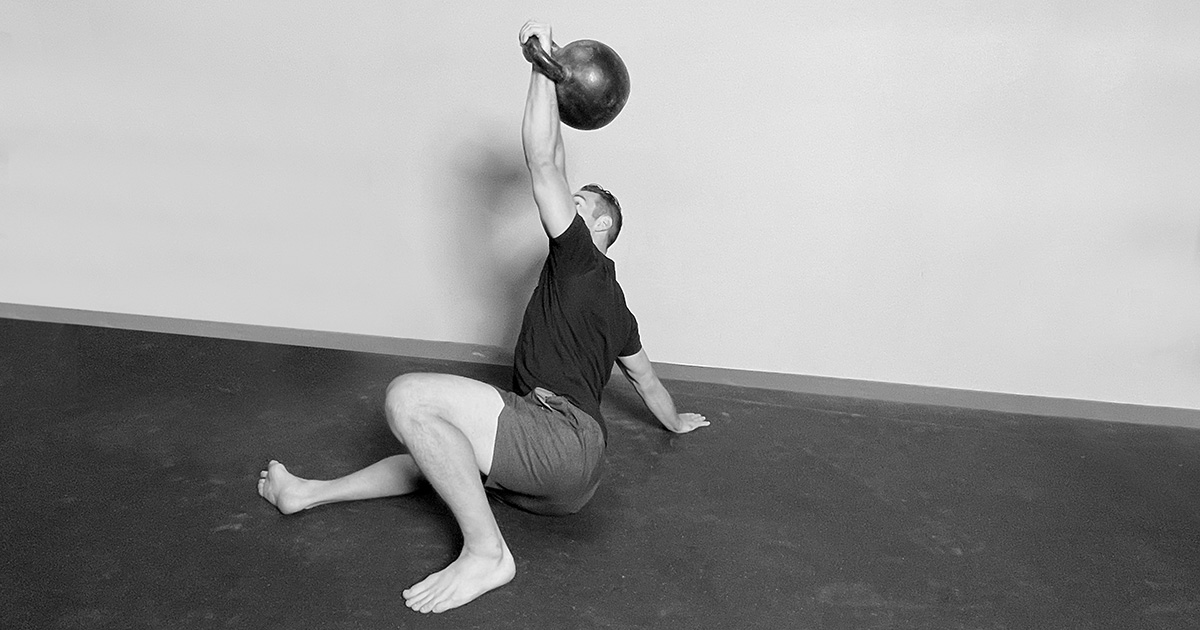
Next, an article that discusses the speed at which you move the weight in your training - some of its conclusions may surprise you!
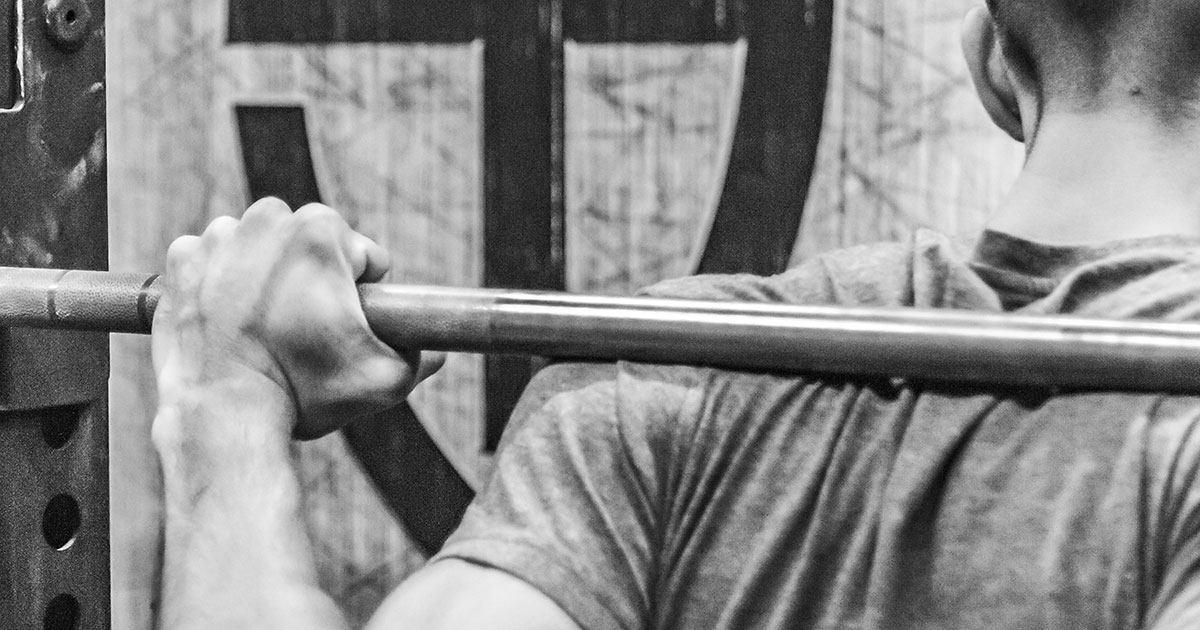
First, a deep dive into the getup that will be especially interesting for those of you who are doing them with heavy weights (or who aspire to do so):

The Get-up and the Shoulder Mobility Dilemma | StrongFirst
The get-up is one of the foundational exercises of kettlebell training. I suspect that most people who follow StrongFirst are quite familiar with this exercise. If you are a StrongFirst Certified SFG Instructor, then no doubt you have done many repetitions of them on your own and at your...
www.strongfirst.com
Next, an article that discusses the speed at which you move the weight in your training - some of its conclusions may surprise you!

Will You Gain More Strength by Varying Your Lifting Speed? | StrongFirst
Over a century ago Ivan Lebedev, a big name in strength training in imperial Russia, suggested selecting the lifting speed based on one’s temperament: a slower one for the easily excitable, a fast one for the melancholics and the phlegmatics, a medium one for the sanguine.1 His instructions...
www.strongfirst.com

